Some of the links in this post may be affiliate links.
Can I take my indoor plants outside? This is a common question that I get from people. The answer is YES and I highly recommend it! But there are some critical things that you should do before you bring your plants back indoors to keep your plants pest-free!
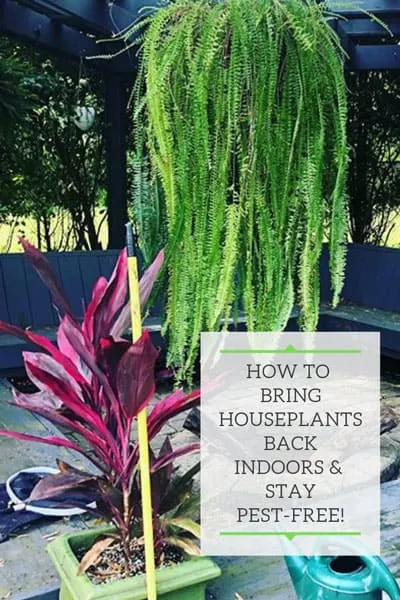
The interview below focuses on what you should do to prepare to bring your houseplants indoors and minimize pest issues.
Please enjoy the upcoming interview below and I encourage you to implement some of these very wise practices to keep your houseplants pest-free.
After all, who wants pests on their houseplants? Not me! Let’s learn how to accomplish this. You can still reap the benefits of keeping your plants outdoors during the warm months, but still keep them pest-free when you return them indoors.
Interview with Gretchen Mason: How to Keep Bugs Out of Indoor Plants

Raffaele: I understand that you work at a family-owned greenhouse. What is the name of the business and where is it? What kinds of plants do you sell? Do you have a website?
Gretchen: I work at Merrifield Garden Center, a family owned and operated, full service garden center, nursery and landscaping company.
We have three locations in Northern Virginia with over 600 employees.
I work in the 10,000 square foot greenhouse of the Fair Oaks location where we have a vast selection of houseplants, succulents, tropicals, citrus, Bonsai, carnivorous and other specialty plants.
You can find more detailed information about our products and services on our website for Merrifield Garden Center.
Raffaele: What are some of your favorite houseplants and why?
Gretchen: I’m a huge fan of the gorgeous colors and patterns on the foliage of Aglaonema (Chinese Evergreen) and Calathea and I love that there are so many varieties of each available!
I currently have six varieties of Calathea in my home and I’m on the hunt for a seventh!
The bonus with Aglaonema is that they’re relatively easy to grow and aren’t picky about humidity like Calathea and many other houseplants.
I also have a special place in my heart for Pachira aquatica (Money Tree) because I’ve watched two of them grow to five feet and almost eight feet since I received them as gifts in 4” pots many years ago.
Raffaele: I had approached you for this interview because you have some great knowledge about houseplant care, as well as with pest control. Many of us put our plants outside when it is warm.
So many people are scared to put them outside because of pests. I like to tell people that the benefits far outweigh the cons!
Can you tell me what you do to prepare your houseplants to make the transition from outdoors to indoors?
What procedures do you use to minimize pests during that transition? No one wants to bring in any unwanted guests indoors!
Gretchen: Like you, I love to let many of my houseplants “vacation” outdoors over the summer. They love the humidity and air circulation outside and definitely prefer the warmer air to the air conditioning inside.
This summer my Fiddle Leaf Fig blessed me with several new leaves in the first month that I moved it outside and the colors of my succulents have intensified with the unfiltered sun!

Now that fall is approaching it’s time to start preparing to bring my plants back inside.
Just as I planned the transition from inside to outside in the spring, there are a few steps I take to make the transition back inside go smoothly.
The first thing that I do is regularly check the extended weather forecast and plan to have everything back inside before overnight temps dip below 50 degrees Fahrenheit.
I like to transition my plants back inside in groups (I have too many to move in all at once) so I start a week or two prior to when cooler temps are expected.
I start by checking the tops and undersides of the leaves, the leaf joints, stems, pots and saucers for any indication of pests, such as webbing, small bumps or unusual discoloration and wipe away/remove anything that is suspect.
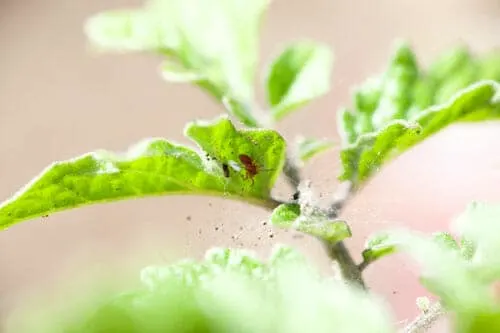
Next I give the plants a good showering off with a hose or, for more delicate plants, a spray bottle. This helps remove anything that you may have missed during your visual inspection.
Finally, I spray the plants with purchased insecticidal soap.
One I use is Bonide Organic Insecticidal Soap or my own mixture. 2-3 Tablespoons of Ivory dish soap or other mild dish soap that is free of de-greasing agents, lotions or antibacterial agents in 1 quart of water, mixed in a spray bottle).
This will kill soft bodied pests (aphids, thrips, mealybugs, spider mites) that it comes in direct contact with.
After spraying the plants I bring them into my garage, separating them from my indoor plants for a few days, and then inspect them a second time to insure there is no evidence of pests.
If any pests are found I spray with the soapy water/insecticidal soap a second time, since I may have missed some the first time or some may have been in the egg stage when sprayed and have since hatched.
Once I don’t see any evidence of pests I move the plants into the house and make sure to keep an eye on them for the first few days, just to make sure they’re in good shape.
Then I repeat the process with each group of plants until they’re all inside for the winter.
Although this may seem like a tedious process I actually enjoy it because it gives me time to assess all the growth that has taken place in each plant over the summer, which I find very satisfying.
Raffaele: What kind of products or pest control methods do you use when you spot pests on your houseplants? What do you like to recommend to your customers at the greenhouse?
Gretchen: As I mentioned previously, I’m a fan of Insecticidal Soap because it’s free of harsh chemicals so I don’t worry about any harm to my plants, pets and family members.
Although it’s not a preventative measure, it’s what I use first if I notice any webbing (spider mites).
If I happen to spot a mealybug, which does happen every few months, I will remove it with a cotton swab dipped in isopropyl alcohol.
Luckily I haven’t ever had more than a few mealybugs on a plant at a time but for customers with more advanced stages of infestation I recommend spraying the area with a 3:1 ratio of water to isopropyl alcohol, wiping off the bugs and following up with a showering off.
I direct customers with severe infestations to our plant clinic where they often recommend Bonide Eight Insect Control Spray, which can be used for aphids, Mealybugs, scale, thrips, fungus gnats and many equally disgusting creepy crawlers!
Plant Food Plus Insect Control spikes are another product that our Plant Clinic recommends that many customers use to treat pests and prevent them from returning.
Raffaele: Some people have asked me why houseplants get pests. I tell them…well, it just happens! There are pests and bugs everywhere!
What preventative measures do you use, while growing plants indoors, to deter pests?
Gretchen: When it comes to pests and houseplants, I think of an old saying: An ounce of prevention is worth a pound of cure. It’s so true! I tell my customers that if they want to avoid pests they’re going to have to be active plant owners.
Spend some time each day, even just a few minutes, checking your plants. A quick daily check will allow you to notice the early signs of distress that indicate pests are present.
Why are the leaves in that plant curling up at the edges? Why do the leaves on my African Violet appear to have been dusted with talcum powder over night?
Why do the usually green leaves on my Ficus appear to have yellow spots on them?
These are the types of question that you’ll probably start asking yourself. Noticing these small changes early gives you time to get the pests under control before a full blown infestation develops.
This is why I say that your eyes are the best tools for early detection of pests.In addition to visually inspecting your plants, you can also make sure that you’re using good watering practices. Soil that remains moist for too long is prime breeding ground for fungus gnats and their larvae, which can’t survive in dry soil.
So I allow the soil in most of my plants to dry out a bit between thorough waterings.
Depending on the type of plant I will allow anywhere from just the top of the soil to one third or more of the soil to dry out before watering.
Another good watering practice to use is to never allow excess water to remain in the saucer after watering.
I use paper towels or a clean cloth to soak up excess water and use a turkey baster to remove excess water from hard to reach areas in larger pots.
Raffaele: For newbies that are scared about pests, can you recommend certain houseplants that tend to be trouble-free as far as pests go? I don’t think I’ve ever seen any bugs on Pothos or Sansevieria!
Gretchen: Yes! Sansevieria and Pothos are at the top of my list in this category! Another two that I would add are Cissus (Grape Ivy) and Culinary Herbs.
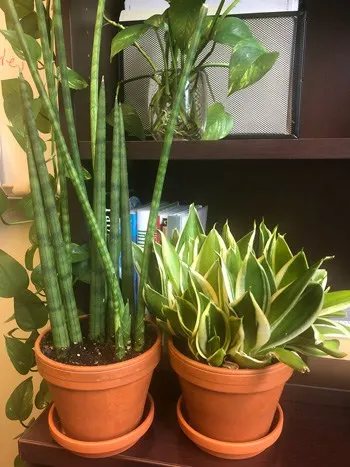
Grape Ivy (not a true ivy, they are actually in the same family as grapes and have very similar leaves) isn’t picky about humidity, doesn’t mind drafty spots and is pretty happy as long as you give it something to climb on and keep it out of direct sun.
Added bonuses are that it’s on the ASPCA list of plants that are non toxic to cats and dogs and it tends to resist pests that are common in other houseplants.
As for Culinary Herbs, as long as you have a windowsill with some bright light, the strong scent of herbs such as chives, basil and mint is actually a deterrent to common pests. The added bonus is that you always have fresh herbs available for cooking!
Raffaele: Also for the newbies, which houseplants should be avoided indoors because of their propensity to attract bugs? I know I stopped growing gardenias indoors because they seem to attract every bug and disorder known to man!
Gretchen: At the risk of having fans of ivy and miniature roses yell at me, I’m going to recommend that people who are just starting out with houseplants try to avoid these two plants.
I find that both of these plants are more challenging than many other houseplants because they don’t like the dry air that’s associated with central air conditioning and/or heating. I’ve found that spider mites can be a problem for both of these plants when grown inside.
Many of my customers are successful with growing miniature roses and ivy inside but but they definitely require more attention than other houseplants that can provide a similar aesthetic and that’s why I don’t have either of these rather popular plants in my home.
I routinely recommend alternatives such as Pothos N’Joy for people wanting the look of ivy and Kalanchoe or Calandiva for people who like the look of miniature roses.
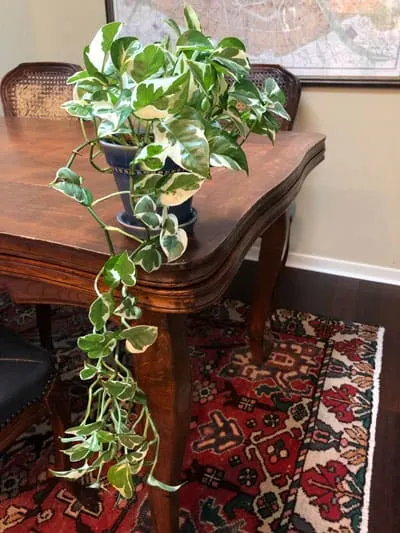
Raffaele: Any other things you’d like to share about pest control that would be important for people to know?
Gretchen: In closing, the best defense against pests on your houseplants is to be proactive!
Make sure that you check each plant before bringing it into your house, whether it’s from a nursery, big box store or one that’s summered outside.
Continue to monitor your plants so you can catch any form of stress and correct it before pests notice and settle in.
Make sure that you understand the watering and light needs of your plants and try to research possible weaknesses such as being sensitive to humidity, drafts, temperature changes, etc.
And finally, if you do notice pests you need to take immediate action because a few pests can very quickly become a severe infestation without prompt treatment.
For more information, read my blog post on how to deal with spider mites.
For more inspirational and informative houseplant care posts, be sure to follow @ohiotropics and @greenhousegirl94 on Instagram!
Finally before you leave…here is a handy summary of products that you can conveniently purchase from Amazon to treat pests before you bring your houseplants back indoors. Don’t wait until last minute!
PEST TREATMENT OPTIONS FOR HOUSEPLANTS
Bonide Insecticical Soap is a safe and effective spray that kills a variety of soft bodied pests. I always have this on hand in my home!
Bonide Eight Insect Control Spray would be a good option if you have more severe infestations. The key is not to let pests get out of hand, but if you do, this product works well.
Bayer 2 in 1 Insect Control Plus Fertilizer Spikes works both as a pest control method and fertilizer. All without spraying!
Lastly, a great systemic houseplant pest control is Bonide’s Systemic Houseplant Insect Control. There is no fertilizer in this one. Simply apply to the soil and water it in. It is good for a variety of pests.

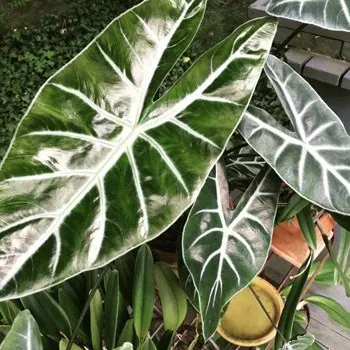
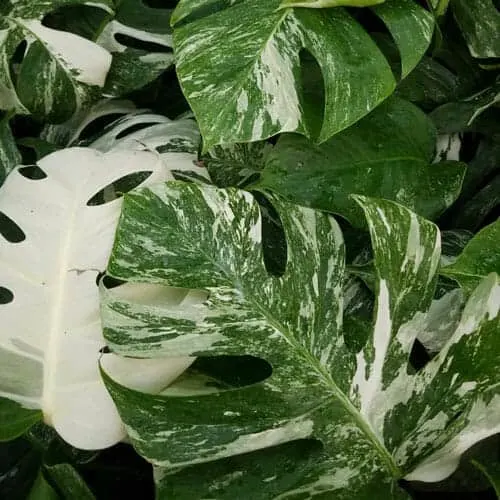
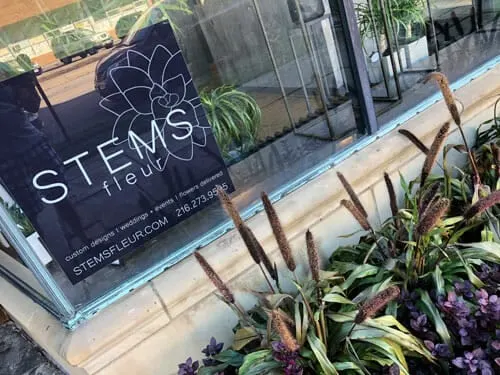
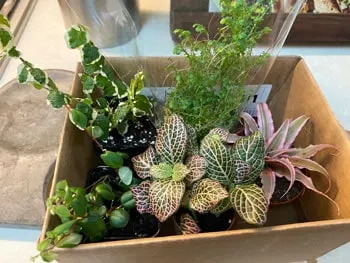
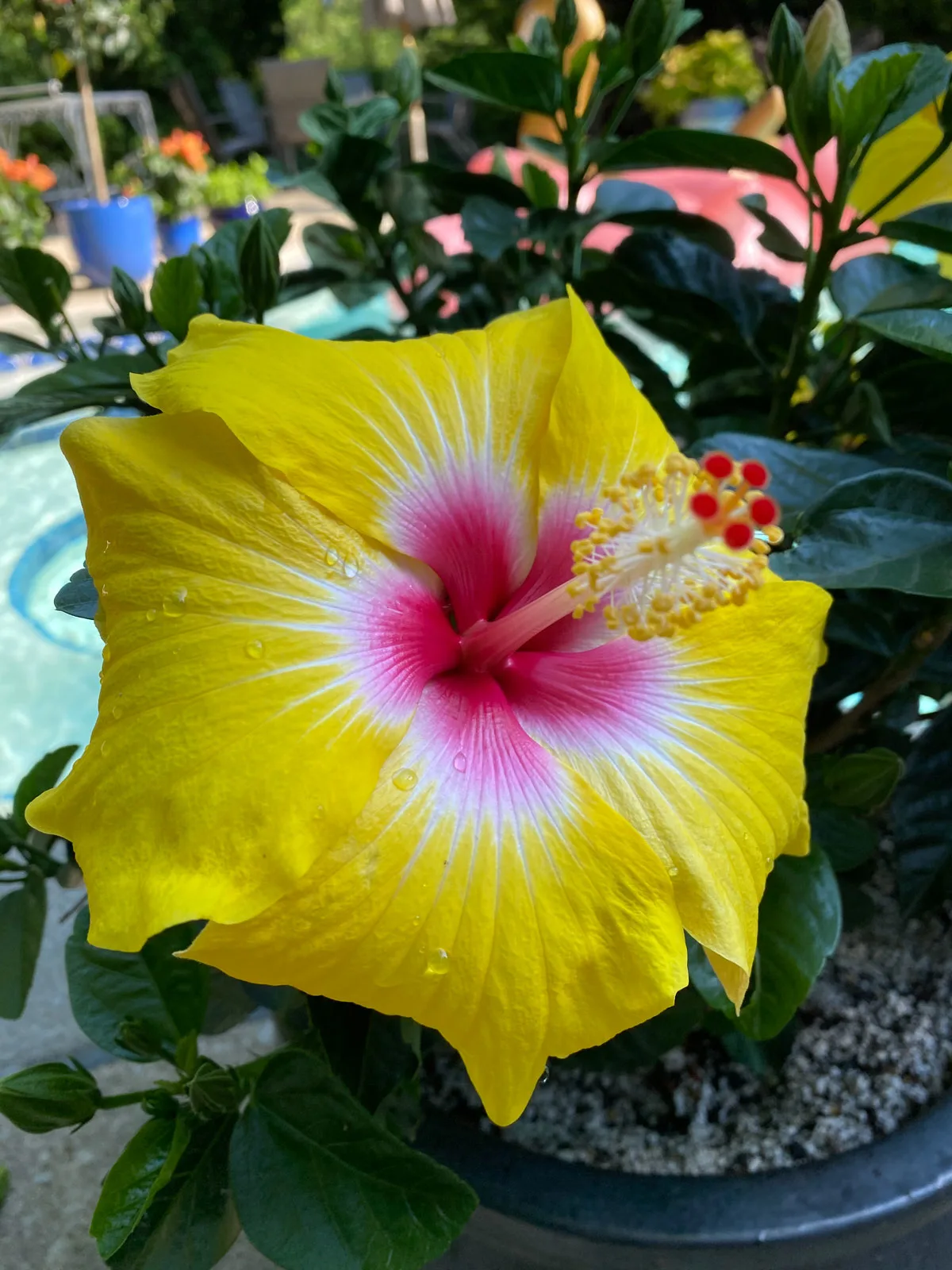
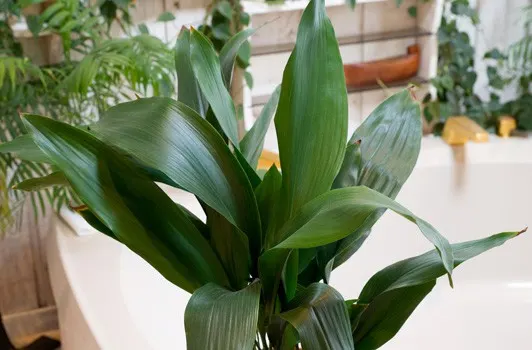
Cailin
Tuesday 30th of May 2023
Hi! I had a question in regards to mealybugs. When is it safe to take the plants out of quarantine? I’ve been treating mine for a few months and I haven’t seen any bugs in a while, but I’m terrified of putting those plants back, near my other, healthy plants.
denise blank
Sunday 25th of September 2022
This was helpful information for the plant foliage but I was hoping for info on the dirt part, that I find have several bugs within. I have problems with ants and earwigs and my Citrus trees are in large pots. 30” +
Raffaele
Monday 3rd of October 2022
Hmmmm....you may want to try looking into maybe beneficial nematodes or other beneficial insects since it's a citrus plant.
REK981
Friday 23rd of September 2022
This was very helpful! Thank you!
Pat Burton
Friday 23rd of September 2022
Many of my plants enjoyed the outside this summer in NE Ohio. Thank you for this informative article!
Raffaele
Monday 3rd of October 2022
Glad you enjoyed the article Pat!
Melinda
Monday 18th of October 2021
Thank you for always being such a good resource on plant care. With middle age brain fog combined w/ pandemic brain fog, I've forgotten what I normally do to bring plants inside. I wasn't finding good info w/a generalized search and then I remembered Ohio Tropics. I esp liked that Ms. Mason gave an option of what to buy as well as how to DIY.
Raffaele
Wednesday 20th of October 2021
Glad you enjoyed the blog post Melinda :-)